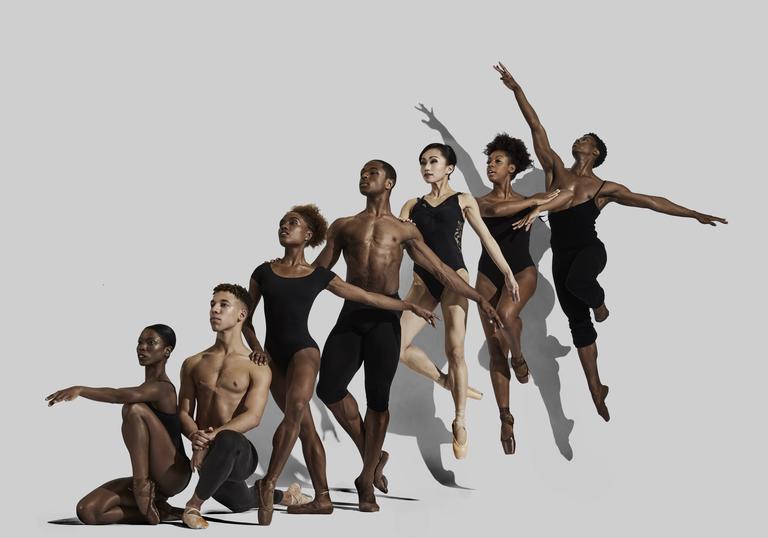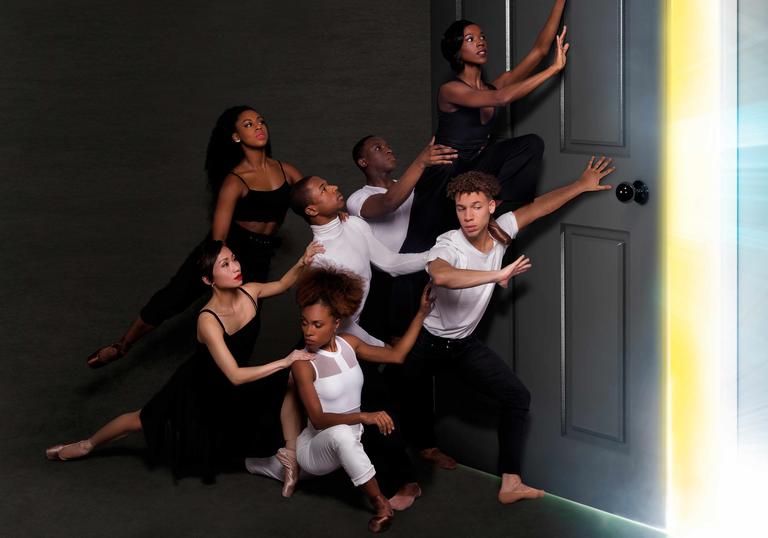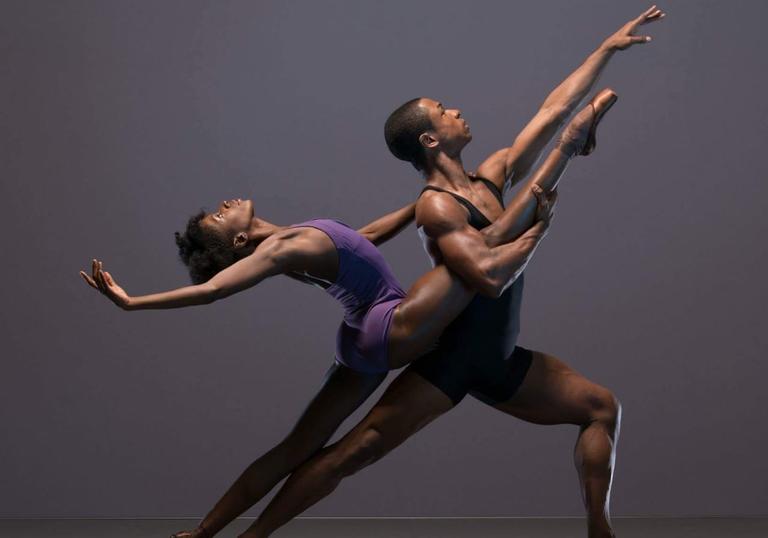The Black Lives Matter movement shone another spotlight on the world of ballet’s racism problem, with dancers such as Chloé Lopes Gomes from Berlin’s Staatsballett sharing their experiences of discrimination.
Here in the UK, dance company Ballet Black has been at the forefront of changing that landscape. It’s been responsible for bringing new audiences to the art, more Black and Asian dancers to the stage, worked with dance shoe maker Freed to create pointe shoes in darker skin tones, commissioned over 50 new works – including pieces by Black choreographers – and is transforming the dance world at all levels.
Yet, as it prepares to mark up its 20th anniversary later this year, there’s a certain weariness in the voice of founder Cassa Pancho MBE.
‘It's difficult when you’ve been submerged in race and dance for almost 20 years not to be cynical when another wave of Black Lives Matter comes along,’ she says.
The reinvigorated Black Lives Matter movement saw many dance organisations approach Pancho for advice on how to improve diversity in their organisations.
‘It was a personal challenge not to be too cynical about the wave of companies pledging things and promising to make a change,’ she says. ‘The question for me is “Why do you think we’ve existed for this amount of time?” It was hard to accept that people learn in different stages.
‘2020 was a really rough year because I found myself in a lot of situations where people I’ve never spoken to before, who never acknowledged Ballet Black and who’ve never been to a show saying, “we’re peers, I want to pick your brain about improvements I can make.” And I’d say, “Sure, you can pay for our time.” And their response was “No, no, you don’t understand. We are colleagues. I’m not looking for a consultant, you should just want to help because of the push for diversity that’s going on, and we’re really interested in changing.” That was quite hard to swallow.
‘You may not have a ballet company where the N-word is being shouted at your one Black dancer. But that doesn’t mean they are not experiencing different kinds of racism and microaggressions.’ She sighs, disliking using buzzwords like “microaggression” because they irritate people who think ‘it’s all left liberal bullshit’. ‘Ballet has a racist past which has left us with a legacy of problems to address. Accept it, and then we can all move on.’
It’s the ‘and then we can move on’ that is Pancho’s ultimate goal. She’s been trying make this side of her job redundant for the past two decades; fighting to be in a situation where we’re no longer talking about someone’s struggles to be a dancer because of the colour of their skin.



